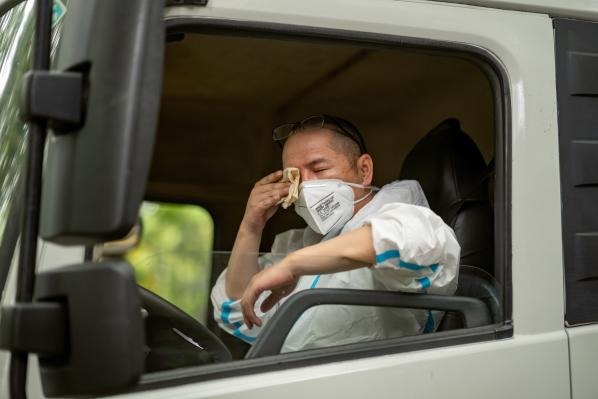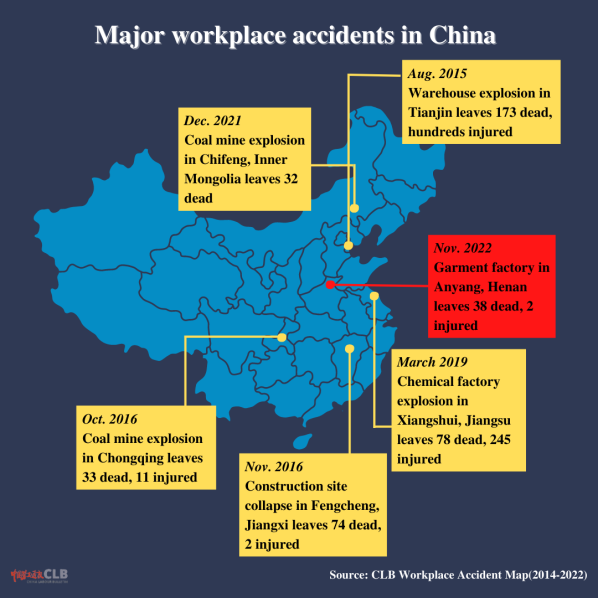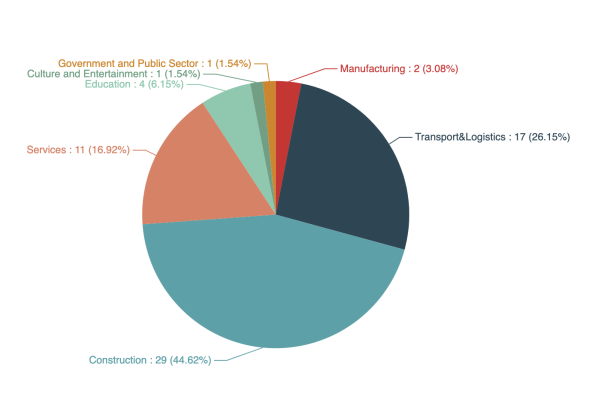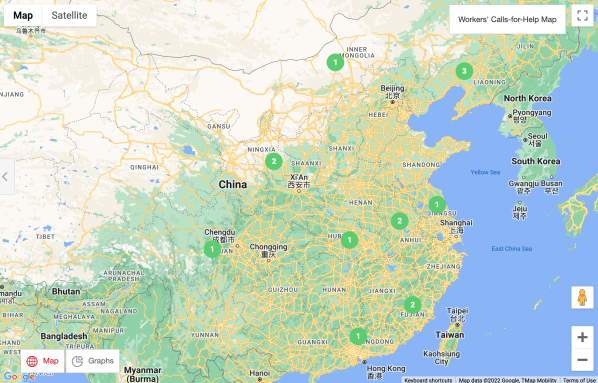
Photograph: Graeme Kennedy / Shutterstock.com
China Labour Bulletin’s mapping data collected in November 2022 shows that workers in the transportation industry, from truck drivers to ride-hailing drivers and taxi drivers, are taking collective action and striking over reduced pay rates resulting directly from price-cutting measures designed to increase market competition among platform companies in the industry.
But first, don’t miss the content CLB published recently:
Manufacturing workers at Foxconn in Zhengzhou protest pay, lack of health and safety measures.
Starting on 23 November, workers began protesting because they were dissatisfied with remuneration that did not meet promises made upon hiring, as well as with health and safety risks under the Zero Covid closed-loop management system that put the factory in lockdown to maintain production during a wider local outbreak of Covid-19. Management eventually made some concessions, including offering subsidies for workers wishing to leave the factory. These protests follow on from another major incident at the same plant in late October, in which Foxconn workers raised health and safety issues on the production line, and after their calls went unheeded, many fled the factory on foot. These two incidents are related: conditions within the factory did not meaningfully change between the initial exodus and the later protests by the new wave of workers. Read CLB’s analysis of this major labour crisis during peak production season:
- Worker protests at Zhengzhou Foxconn highlight labour-capital problems in global supply chain
- Foxconn factory workers in Zhengzhou raised the alarm “amid the fire and water”
China’s annual shopping season burdens various kinds of platform economy workers.
A major labour topic every November is the effect on workers of the annual Singles’ Day shopping holiday season in which e-commerce giants try to boost their sales revenues. This year, CLB published articles on two different kinds of workers. Typically, CLB focuses on package couriers who are especially overworked during this time, and this year is no exception. In one article, we examine how little has changed for workers who were promised better pay and conditions by the major companies and through industry regulations put forward in 2021. In addition to couriers, we highlighted in a second article other types of vulnerable platform workers who are often overlooked, through the lens of livestream hosts who promote goods and discounts to consumers. Read both of these articles through the links below:
- In aftermath of price wars in express delivery industry, pay rates for couriers still paltry
- China’s livestream hosts are vulnerable to labour rights violations as workers in the gig economy
Major workplace accident took the lives of older women garment workers.
Workplace safety also came to our attention in November, after the largest workplace accident of the year occurred on 22 November, when a fire broke out in a garment factory in Anyang, Henan province. The blaze killed 38 people and injured two. According to domestic media interviews, most of the workers were older women who lived in the nearby villages. The design and setup of the two-storey factory building and externally-blocked emergency exits contributed to the high death toll. In our analysis, CLB urges the authorities and the official trade union to do more to prevent workplace accidents, rather than focusing on heroic rescue efforts and post-hoc measures. Read our article here:



